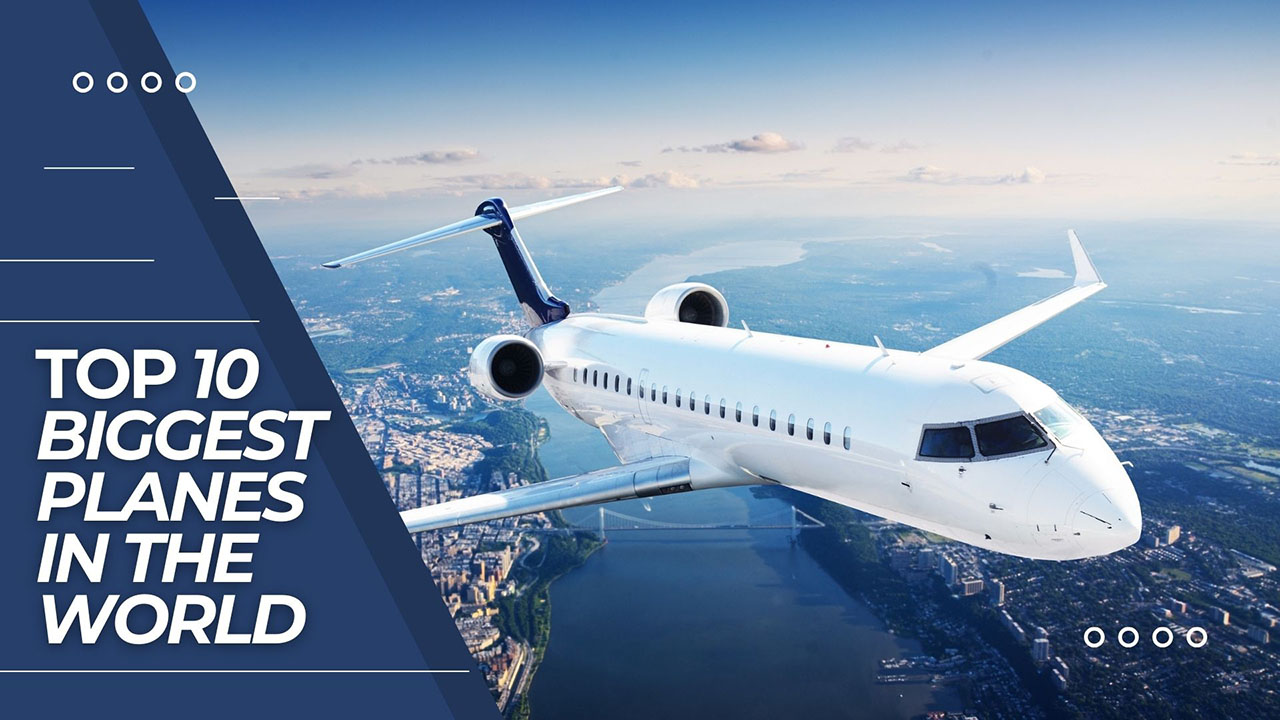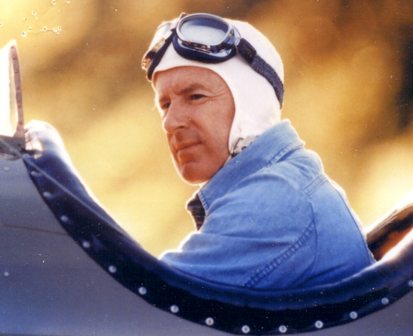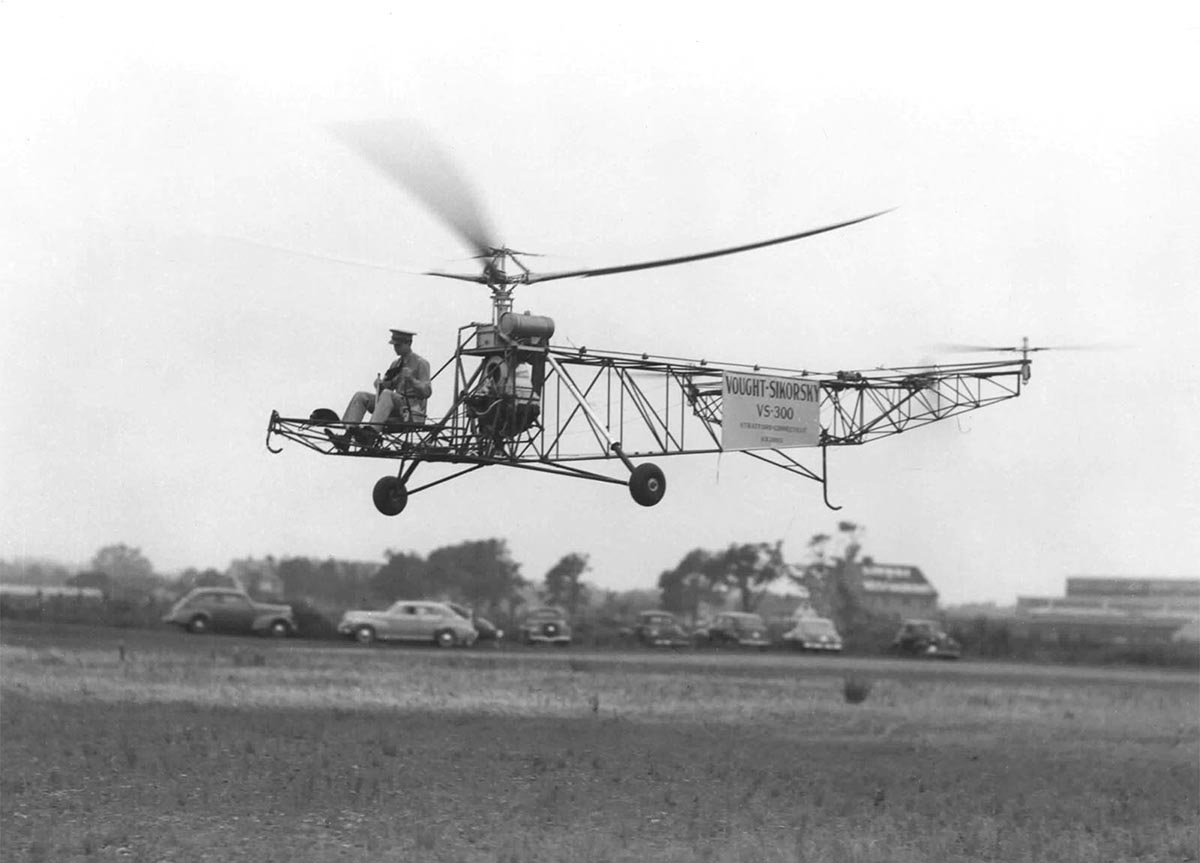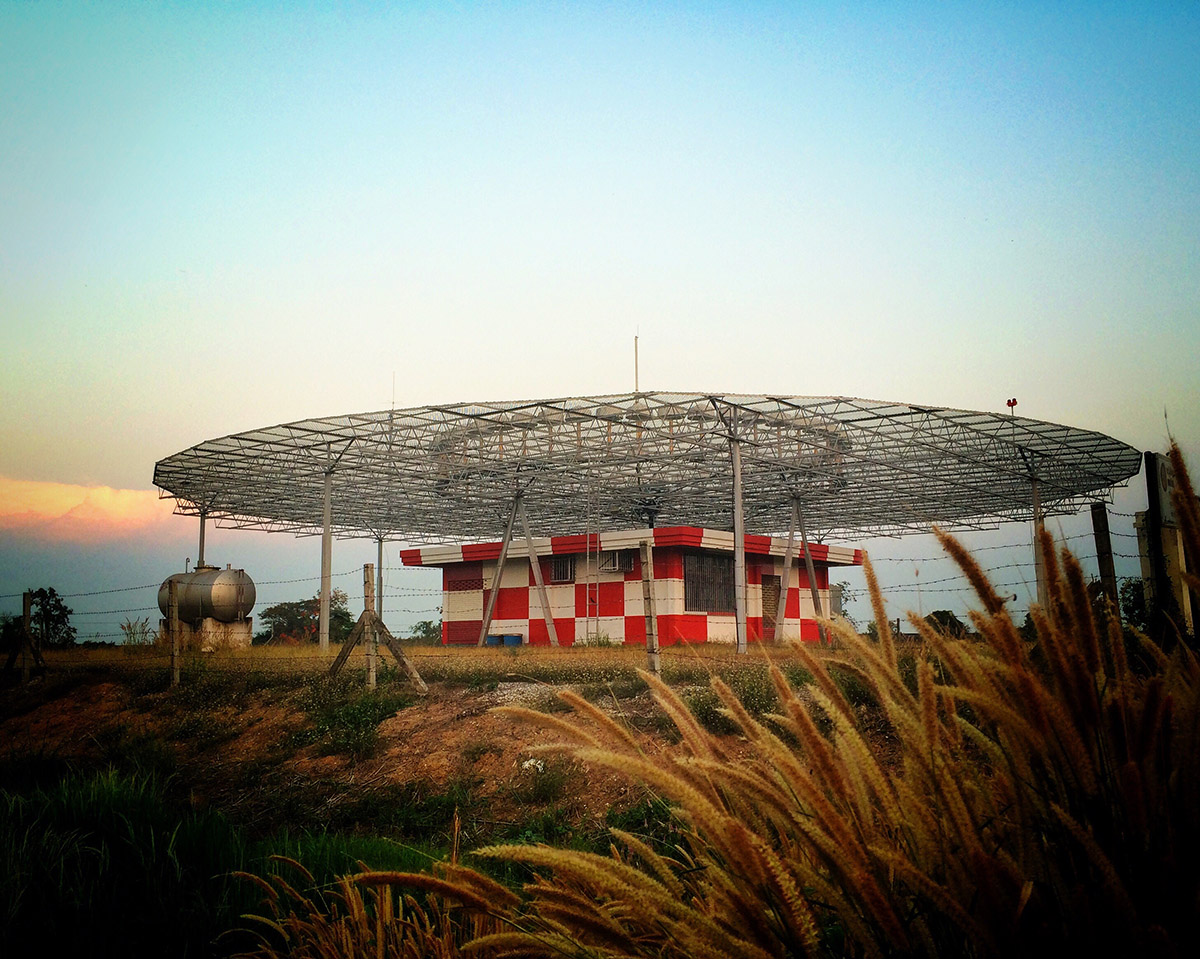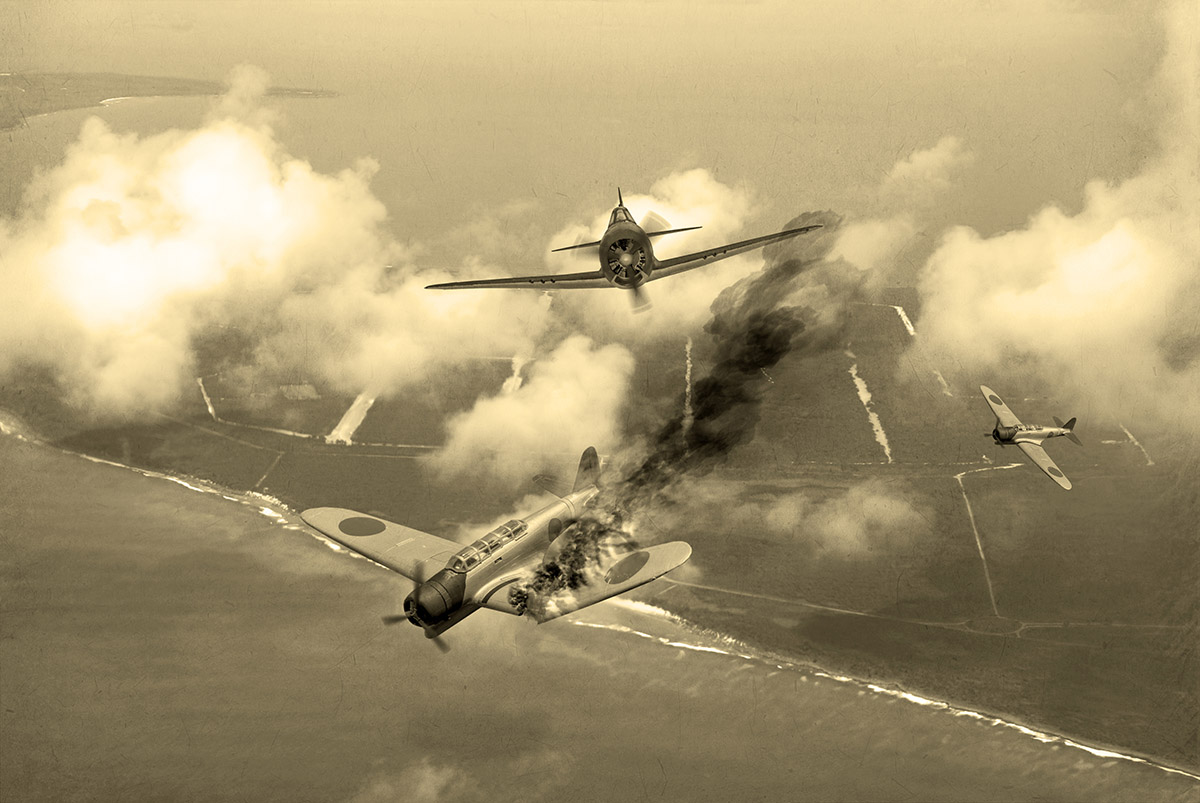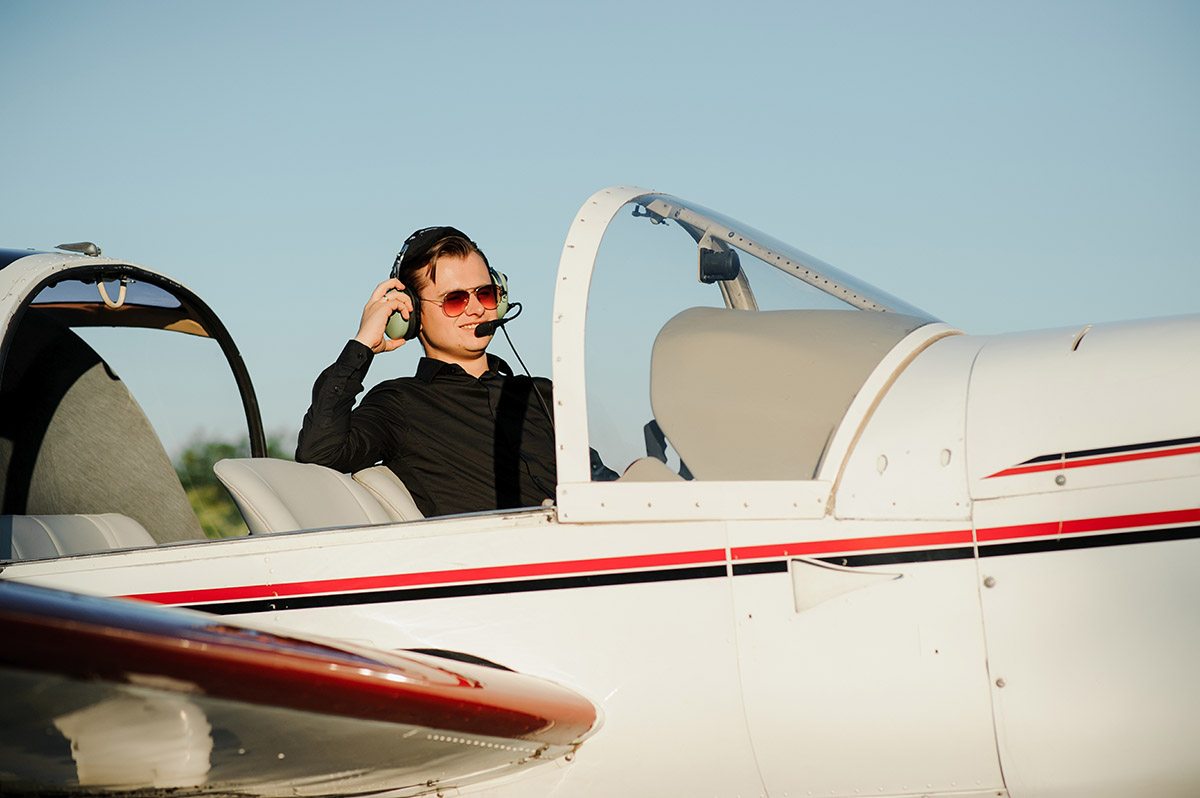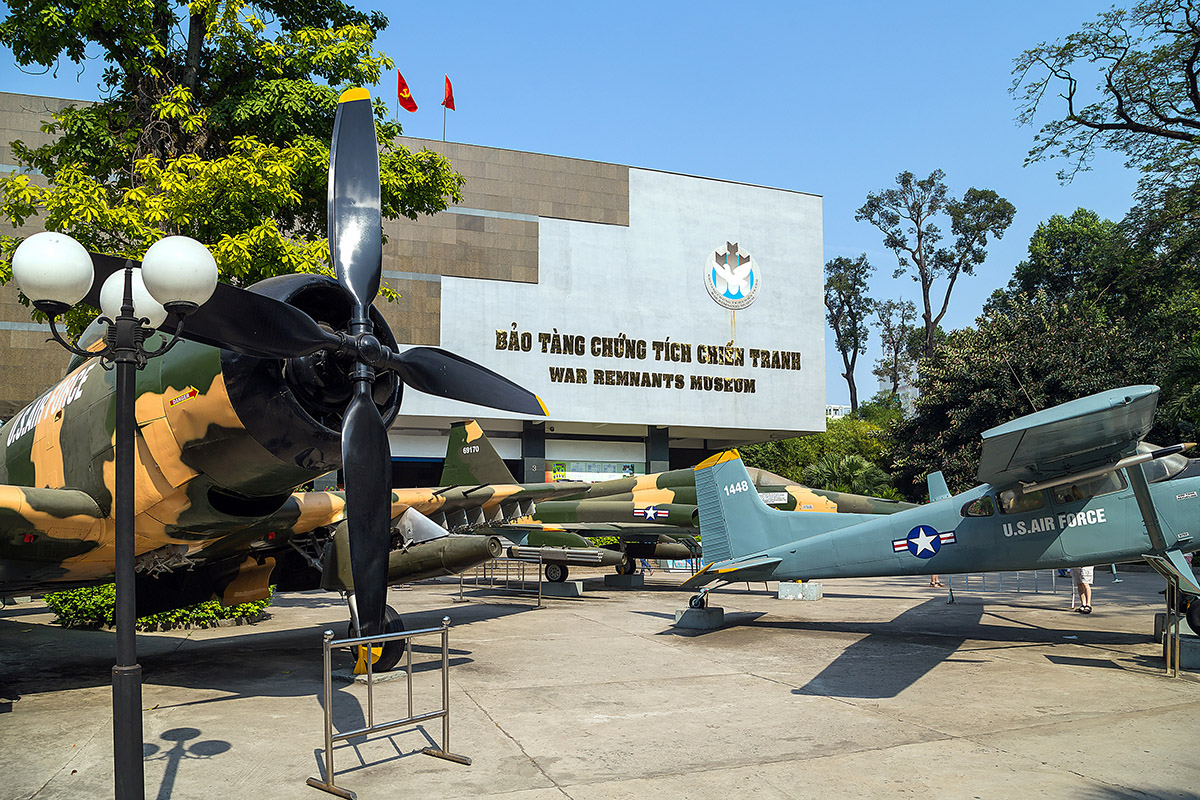Ever since the Wright brothers’ first flights, engineers and pilots have wanted to see how big they could make these flying machines. Gigantism, for its own sake, seldom leads anywhere useful. But some of those massive airplanes have pulled off stuff that normal-sized planes never could’ve handled.
Read on to learn about some of the largest airplanes in the world ever to take to the skies.
In this article:
What Does “Big” Even Mean?
When we talk about the ‘biggest’ airplanes, it’s easy to think we’re talking about wingspan or height. However, it’s not.
In the aviation world, there’s a more technical and meaningful way to measure how big an aircraft really is: the Maximum Takeoff Weight (MTOW). It’s a term you’ll hear experts and regulators in the industry use a lot when they discuss the size of an aircraft.
This specifies the maximum allowable weight of an aircraft when taking off due to structural or other limits. It includes everything on board, such as fuel, passengers, cargo, and the aircraft itself.
This measure is more meaningful than just dimensions. It gives us a real sense of what an aircraft can actually handle and do. After all, a gigantic plane with minimal fuel and payload may visually appear massive yet have less heft than a smaller plane packed to the brim.
MTOW also allows for an apples-to-apples comparison between different airplanes through an authoritative, standardized measure.
Take the Federal Aviation Administration (FAA) for instance. According to their regulation (14 CFR § 1.1), an aircraft is considered ‘large’ if it has a maximum certificated MTOW of more than 12,500 pounds.
So, when we talk about the biggest aircraft in history, we’re referring to models that pushed the envelope of certified MTOW and stretched the limits of weight that could become airborne.
Top 10 Largest Airplanes In the World
1. Antonov An-225 Mriya
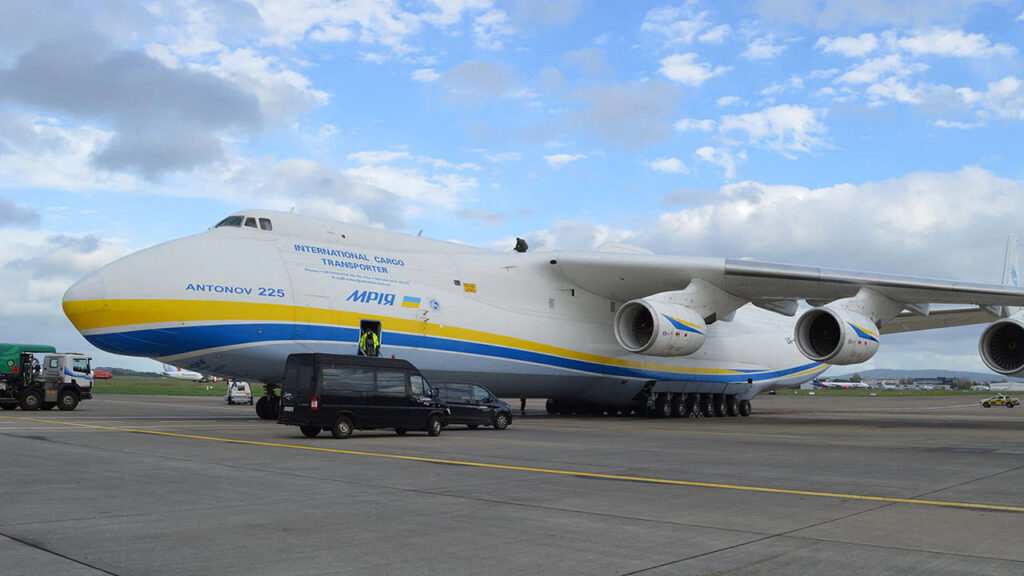
This aircraft is in a league of its own. The name ‘Mriya’ means ‘dream’ in Ukraine. And honestly, it’s fitting for something that looks like it came out of a wild aviation fantasy.
We’re looking at a Maximum Takeoff Weight (MTOW) of 1,410,958 pounds (640 tons), making it the biggest aircraft in the world. Built in the 1980s in Ukraine by the Antonov Design Bureau, its original purpose was to lug the Buran spaceplane – the Soviet version of the Space Shuttle.
This giant has some cool features. Its twin-tail design helps keep things stable when you’re hauling something the size of a small building. With its six turbofan engines and a wingspan of 290 feet, the massive size requires 32 wheels for takeoff and landing.
After the dissolution of the Soviet Union, the sole completed An-225 sat unused for years. Ukraine’s Antonov Airlines eventually modified the plane for commercial cargo transport.
The Mriya has a real knack for handling super-heavy loads, with a load of up to 550,000 pounds (250,000 kilograms). Thanks to this, this plane is often a celebrity in its own right.
It was often tasked with transporting super-heavy cargo or delivering humanitarian aid until it was destroyed in February 2022 during Russia’s invasion of Ukraine. But there are plans to rebuild it, along with the construction of a second An-225.
2. Stratolaunch
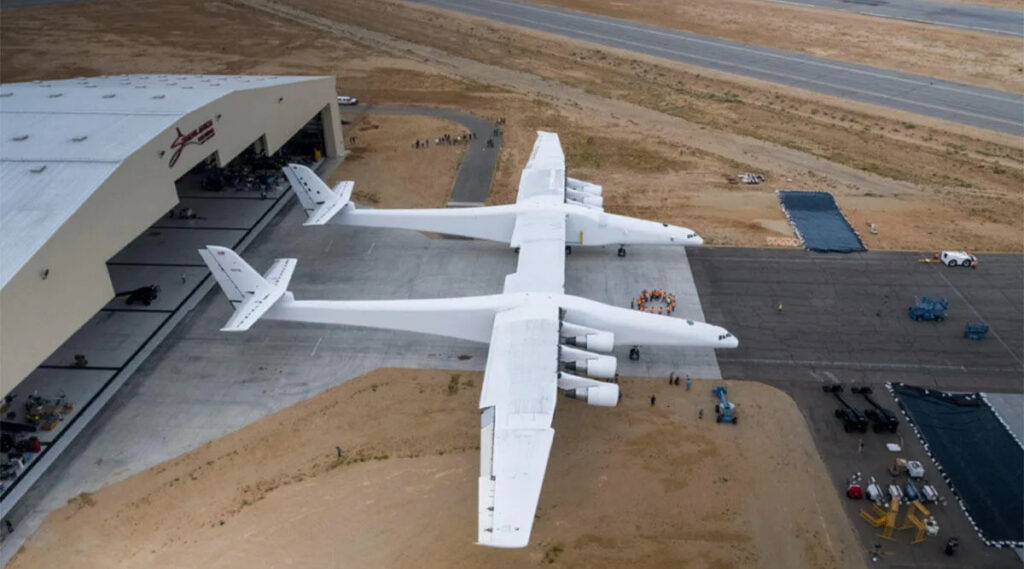
Stratolaunch is far from your average aircraft. With a staggering wingspan of 385 feet (117 meters), it’s the largest in terms of wingspan ever flown. As one of the biggest planes in service, it even dwarfs Howard Hughes’ famed Spruce Goose seaplane, which had a 321-foot wingspan.
But what really sets it apart is its mission. It’s not about carrying passengers or cargo between locations on Earth. This is a mothership designed for air-launched vehicles.
The idea for Stratolaunch originated from Microsoft co-founder Paul Allen, who founded and funded the project until his passing in 2018. The new owners pivoted Stratolaunch to focus on hypersonic flight testing rather than orbital launches.
Six Pratt & Whitney turbofan engines salvaged from retired 747s power this beast. They give the Stratolaunch a maximum takeoff weight of 1.3 million pounds.
This gives it the capability to heft a 550,000-pound payload, which would be mounted on the wing between its two fuselages during launch operations. The aircraft is intended to fly to an altitude of 35,000 feet before releasing its rocket payload.
While its original goal of air-launching orbital payloads is on hold for now, the aircraft may take to the skies again soon as a one-of-a-kind testbed for hypersonic vehicles.
3. Airbus A380
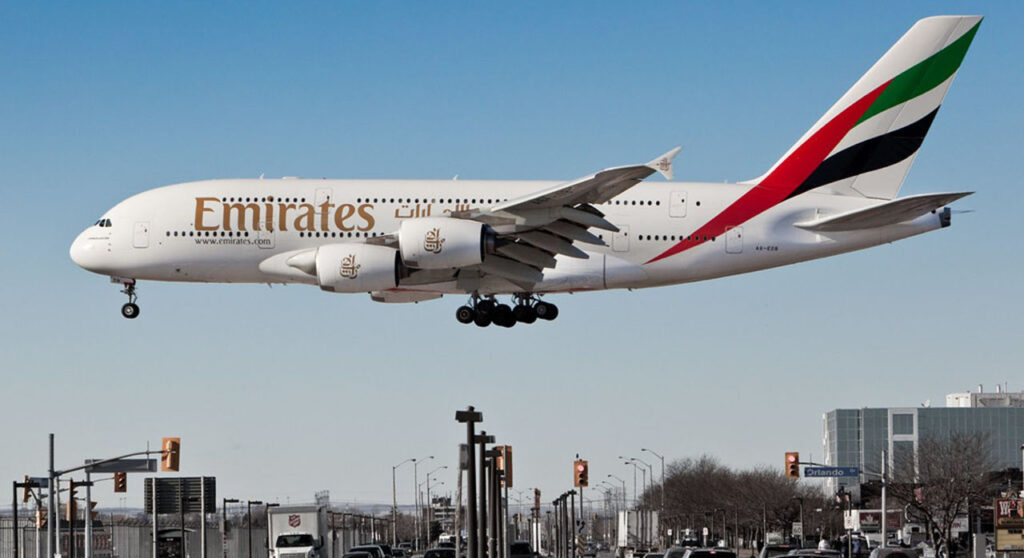
Famously known as the Superjumbo, this airliner holds a special place in aviation history as the largest passenger plane ever built.
Airbus developed the A380 as their entrance into the market for ultra-long-haul flights. The European company aimed to challenge Boeing’s monopoly with its 747 jumbo jet.
Due to its sheer size, this quadjet has a maximum takeoff weight of 575 tons (~1,268,000 pounds). Its full-length double-decker (first in the industry) can accommodate over 800 passengers in a high-density configuration, with typical seating for over 500.
The A380 entered service to much fanfare. Many saw it as a game-changer that would revolutionize long-distance air travel through its ability to transport so many passengers with efficient operations.
However, market trends shifted in recent years as the industry’s preference started leaning towards efficiency.
Airlines came to favor more efficient twin-engine aircraft like the Boeing 787 and Airbus A350 for long-haul flights. Meanwhile, the Superjumpo’s four engines make it costly to operate and maintain.
As a result, the A380 program ended up being curtailed fairly early. Production has ceased, and airlines have started phasing out their fleets. The A380 won’t be remembered just for its size. It has also taught the industry about the complexities of meeting the demands of modern air travel.
4. Caspian Sea Monster
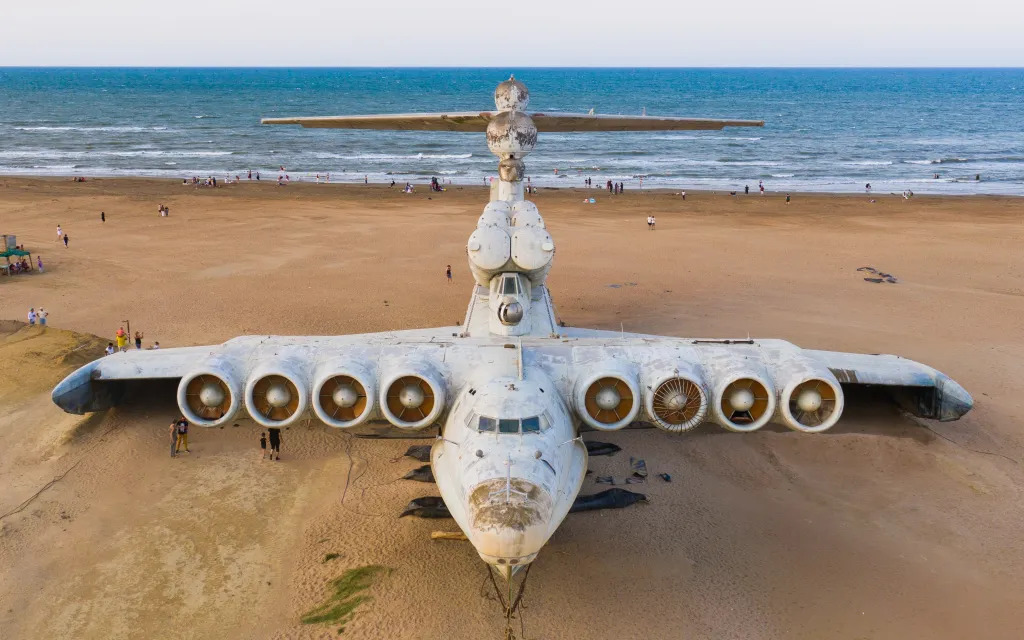
We aren’t sure we can call this vehicle an aircraft. The International Maritime Organization classified these “ekranoplans” as ships. And yet, they’re capable of flight.
This Soviet-era creation was a unique hybrid. It blended the designs of a boat and an aircraft. It was essentially a ground-effect vehicle. It flew at low altitudes over water, harnessing the ground effect to stay aloft and reach high speeds.
This behemoth was designed to skim the surface of the sea, combining the best of speed and stealth. Its role was quite specific: to target NATO nuclear submarines and aircraft carriers.
To this end, it was equipped with six missile launchers and two bomb bays and had a maximum takeoff weight of 380 tons.
Only one was built before the program was canceled. With 8 enormous Kuznetsov turboprop engines, it could hit speeds over 340 mph.
In 1980, the sole prototype crashed during a test flight. It sank beneath the Caspian Sea waters, from which it derived its nickname. The design philosophy of the ekranoplan lived on and evolved into the Lun-class ekranoplan.
5. Lockheed C-5 Galaxy
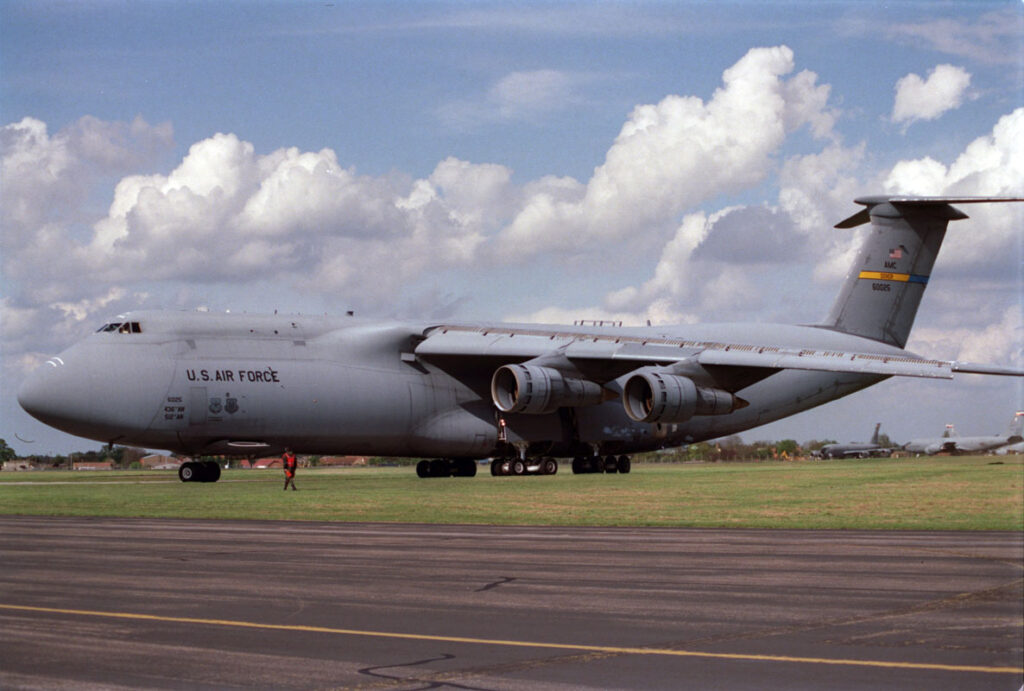
The Lockheed C-5 Galaxy strategic airlifter is a massive cargo plane used by the United States Air Force for heavy equipment transport around the world.
The C-5 has a length of over 247 feet and a wingspan stretching nearly 223 feet. The latest C-5M model can carry a maximum takeoff weight of 840,000 pounds.
With a Maximum Takeoff Weight (MTOW) of 840,000 pounds (~381 tons), this giant often finds it hard to fit under most hangars. The cargo deck is so capacious that the C-5 can swallow up tanks, helicopters, trucks, and more.
Thanks to the four turbofan engines, it has a range of about 5,500 miles with a 120,000-pound payload. With midair refueling, its range is virtually limitless.
Its ability to quickly ferry very large payloads across intercontinental distances is invaluable. The hinged nose in the front allows cargo to be loaded and unloaded from both ends.
But the journey to develop the C-5 wasn’t a smooth one. The project encountered its fair share of technical problems and cost overruns.
Despite some developmental issues, the C-5 has been a workhorse for the US military since it entered service in 1969. It supported operations in Vietnam, the Gulf War, and other conflicts.
6. Antonov An-124
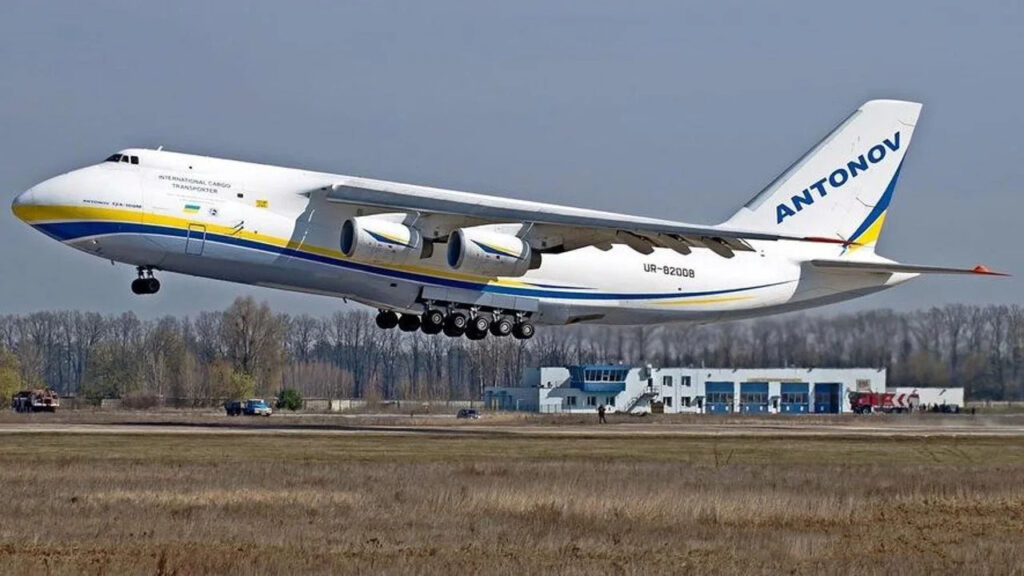
Often overshadowed by its larger sibling, the An-225, we think people should give this plane more attention and respect. At the end of the day, this is the largest military transport aircraft in service anywhere on Earth, with a maximum payload capacity of 150 tons (300,000 pounds).
Developed by Antonov in the 1980s, the An-124 was designed to be a heavy lifter on par with the American C-5 Galaxy.
The massive jet sports 4 turbofan engines and has an MTOW of 402 tons. It can haul exceptionally large and heavy cargo loads across long distances. Its cavernous cargo deck and multiple hinged access points make it ideal for oversized equipment.
In both military and commercial services, the An-124 has proven its versatility and utility.
Several countries, including NATO members, have leased this giant for various purposes. Its roles have ranged from transporting equipment in Afghanistan and Iraq to working with United Launch Alliance (ULA) to move parts of the Atlas V launch system.
7. Boeing 747
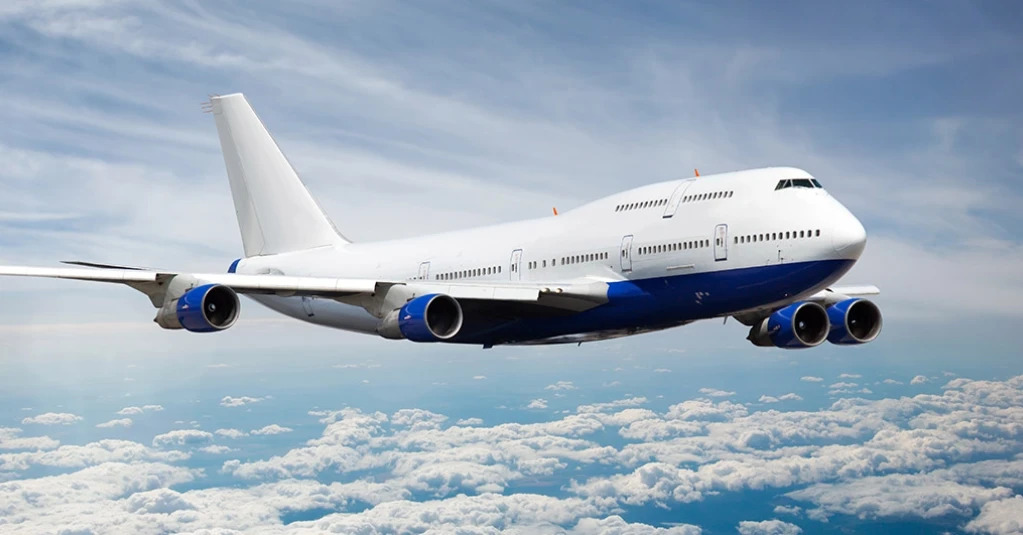
Among the biggest commercial planes in aviation history, this iconic jet is a unique piece. For five decades, the one-of-a-kind Boeing 747 ruled supreme as the world’s most recognizable airliner.
Early models like the 747-100 could carry 366 passengers and had a maximum takeoff weight of 735,000 to 750,000 pounds. It revolutionized long-haul travel when it entered service in 1970 as the world’s first wide-body jumbo jet.
Its ability to provide non-stop intercontinental travel with comfort and luxury was unmatched. The plane made long-distance flights accessible to the masses. That and its excellent safety record earned it the titles of “Queen of the Skies” and the first “Jumbo Jet.”
The US government has used this platform as a base to develop specific-purpose planes. NASA modified two 747s to transport Space Shuttle orbiters in the 1970s-1990s. The President of the United States flies aboard 747-based Air Force One jets.
The rise of more efficient two-engine aircraft signaled a shift in airline preferences. The final passenger 747 rolled off Boeing’s assembly line in Everett, Washington, in January 2023, ending more than 50 years of production.
Though its presence as a passenger plane has dwindled, the 747 continues to thrive as a freighter. And we believe its graceful silhouette will be forever fondly remembered.
8. Boeing Dreamlifter
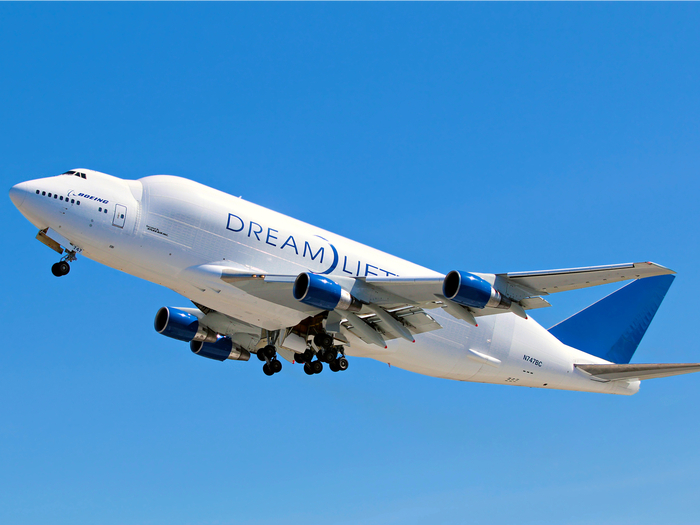
This is a highly modified Boeing 747-400 passenger jet that has been transformed into a massive air transporter for oversized cargo.
Also known as the Boeing 747-400 Large Cargo Freighter, it’s designed with a bulging fuselage reminiscent of the Airbus Beluga. This modification increases its cargo volume to a massive 65,000 cubic feet, resulting in an MTOW of 803,001 pounds.
The Dreamlifter was born out of necessity in the early 2000s. Boeing created these freighters to accelerate the production of the 787 Dreamliner.
Many parts of the 787 were manufactured overseas. For example, its wings must come all the way from Japan. Boeing needed something to ferry parts between continents for Dreamliner production (hence the similar names).
Only four Dreamlifters were converted from existing 747-400 airframes by a Taiwanese aerospace contractor. It enlarged the planes so they could carry three times more volume than a typical 747-400 freighter.
Dreamlifters are operated by Atlas Air under an exclusive contract with Boeing. During COVID-19, they have been used to transport critical medical supplies, continuing their role as haulers of oversized air cargo.
9. Antonov An-22
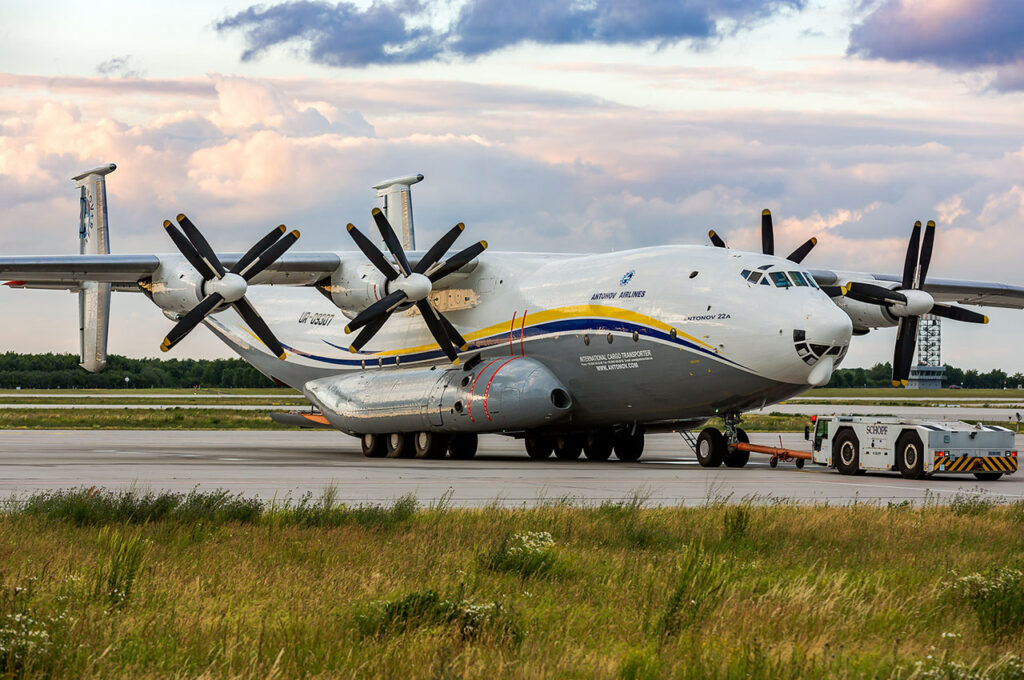
The Antonov An-22 Antei is the world’s largest turboprop cargo plane. Nicknamed ‘Ruslan,’ this Soviet strategic airlifter has a Maximum Takeoff Weight (MTOW) of 551,156 pounds (250 tons).
Back when it first hit the skies in the late 1960s, it was a game-changer for the Soviet military. It was capable of hauling more armored vehicles than its smaller counterparts. Its claim to fame was the massive payload capacity (80,000 kg), thanks to its four hefty turboprop engines with those unique contra-rotating propellers.
Yet its ability to operate from rough dirt airstrips makes the An-22 invaluable for military purposes. This giant could manage takeoffs and landings on short and unpaved airstrips, something pretty handy for delivering heavy gear where it’s most needed.
It’s got this high-wing design common in cargo planes and another clever trick up its sleeve. The cargo compartment is pressurized differently from the crew area to shave off some weight.
Only under 70 An-22s were built before production ended. A few remain in service today as military transports.
10. North American Valkyrie XB-70
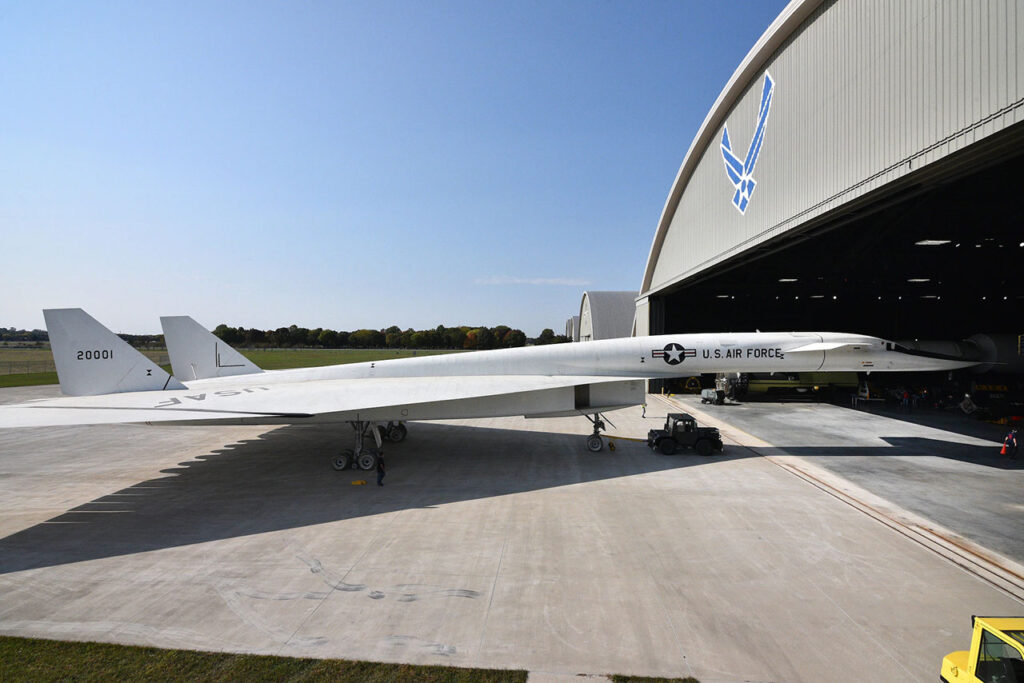
The XB-70 was an experimental supersonic bomber prototype developed in the 1950s for the United States Air Force’s B-50 program. It was North American Aviation’s answer to the need for a bomber that could carry a load as hefty as the B-52 and outpace the speed of the B-58.
Designed to fly high and fast, out of reach of Soviet interceptors, the XB-70 was a bold vision. Only two experimental prototypes were built, each with six turbojet engines and a maximum takeoff weight of 542,000 pounds (~246 tons).
This huge aircraft was no slouch. It could reach a maximum speed of Mach 3.1 (2,056 mph, 3,310 km/h) and fly at altitudes over 77,000 feet, twice as high as typical airliners.
The XB-70 was ahead of its time in design. Its delta wings and adjustable wingtips allowed it to “ride” its own shockwave, reduce drag and create lift. But while the design was revolutionary, the Valkyrie’s fate was sealed by advances in Soviet missile technology.
The emergence of sophisticated surface-to-air missiles rendered the concept of high-speed, high-altitude bombers less practical. The ambitious B-70 program was canceled. This ending relegated the Valkyrie to a research role for the US Air Force and NASA.
Despite never making it into production, no one could deny the XB-70’s influence in aviation. The Valkyrie was a symbol of early Cold War aviation ambition, a time when speed and altitude seemed like the ultimate defense. Its design elements were inspired by or mirrored in other aircraft, such as the B-1 Lancer.
Frequently Asked Questions
How Many Engines Do Large Aircraft Typically Have?
Most very large aircraft have 4 engines, though some, like the An-225, have 6 engines for additional power and redundancy.
What Are the Limitations of Extremely Large Aircraft?
Their immense size limits what runways and facilities they can use. Operating costs and fuel consumption are higher for their large crews. Also, remember cargo capacity sometimes takes priority over range here.
What Challenges Do Engineers Face When Designing Supersized Aircraft?
They include supporting the heavyweight, integrating complex systems, meeting power needs, and controlling stability with such a large airframe. Advanced materials and extensive testing are also required.
How Are These Giant Aircrafts Utilized in Modern Aviation?
Primarily for carrying oversized, ultra-heavy cargo that cannot be accommodated on other aircraft. Some are also used as flying rocket launch platforms or flying testbeds.
Are There Plans for Even Bigger Aircrafts in the Future?
The trend is shifting towards more efficient, smaller aircraft rather than bigger ones with a focus on sustainability and cost-effectiveness. So, as far as we know, there are no major plans for even larger aircraft in the immediate future.
Conclusion
From transporting space shuttles to flying spy planes at triple the speed of sound, the biggest planes have gone where no other aircraft can. While not every supersized design succeeds, those airborne leviathans continue to fuel the dreams of future innovators. We can only imagine what immense flying machines the future may bring.

